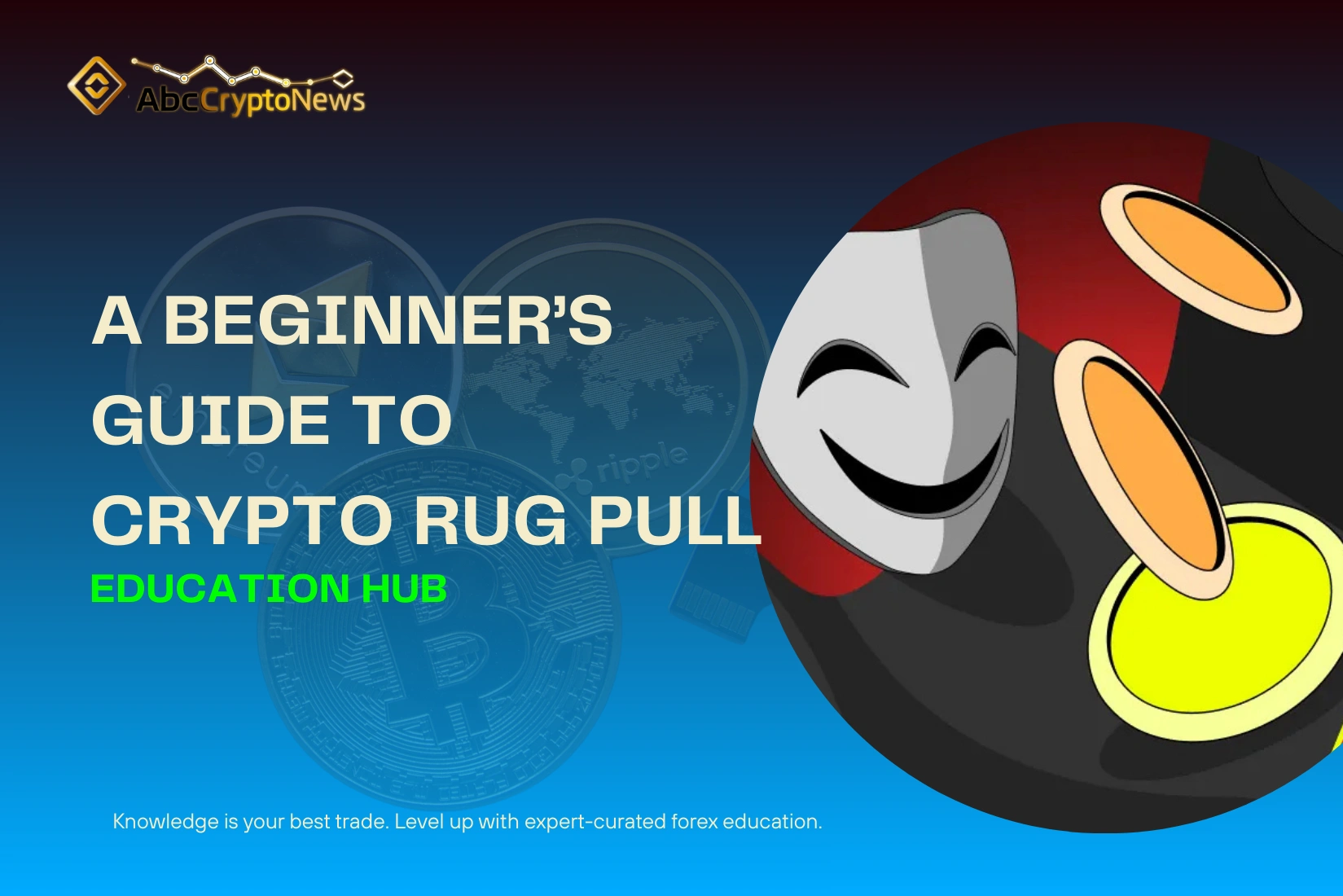How to Spot Rug Pulls in Crypto: A Beginner’s Safety Guide
Summary
- 1. What Makes Rug Pulls So Dangerous?
- 2. Typical Forms of Rug Pulls
- 3. Recognizing Early Warning Signs
- 4. Rug Pull Traits vs Legitimate Projects
- 5. How to Research Crypto Projects Safely
- 6. Real Examples of Rug Pulls
- 7. Beginner’s Guide to Avoiding Rug Pulls
- 8. Tools for Detecting Fraudulent Projects
- 9. Why Due Diligence Matters More Than Ever
- 10. Conclusion: Staying Safe in the Age of Rug Pulls
How to Spot Rug Pulls in Crypto: Introduction
The phrase “how to spot rug pulls in crypto” has become a pressing concern for beginners entering the digital asset market. Crypto scams are evolving fast, and among them, rug pulls have proven to be the most destructive. A rug pull occurs when developers abandon a project and drain investor funds, leaving holders with tokens that have little or no value.
In 2021 alone, rug pulls accounted for 37% of all crypto scam revenue, according to Chainalysis. These scams are not just limited to obscure tokens—many took place on well-known blockchains like Ethereum and Binance Smart Chain. For those just starting out, learning to recognize the early signs of fraudulent projects is critical to investing safely.
What Makes Rug Pulls So Dangerous?
Unlike phishing attacks or account hacks, rug pulls happen at the protocol level. This means investors can follow all the usual security measures—such as enabling two-factor authentication or storing coins in hardware wallets—yet still fall victim if they buy into a dishonest project.
What makes rug pulls particularly dangerous for beginners:
- They often look legitimate with slick websites and professional branding
- They use urgent marketing to trigger fear of missing out (FOMO)
- Once liquidity is removed, recovery of funds is nearly impossible
Typical Forms of Rug Pulls
Rug pulls are not all identical, but they usually fall into three categories:
- Liquidity Drains – Developers remove liquidity from decentralized exchanges, leaving holders unable to sell.
- Over-Minting – The token contract allows unlimited minting, inflating supply until value collapses.
- Mass Sell-Offs – Insiders or developers dump huge amounts of tokens after price pumps, crashing the market.
Each method relies on investor trust and the lack of oversight in decentralized markets.
Recognizing Early Warning Signs
If you want to avoid losing money, knowing the signs of a rug pull in cryptocurrency is essential. Look for:
- Hidden or anonymous teams – No verified history, no LinkedIn, no prior projects.
- Unrealistic returns – Phrases like “guaranteed profits” or “10x in a week” should raise suspicion.
- Missing liquidity locks – Without locked liquidity, developers can withdraw funds at any time.
- No audit reports – Legitimate projects often commission third-party smart contract audits.
- Overreliance on influencers – Excessive marketing with little technical detail is a red flag.
Table: Comparing Rug Pull Traits with Legitimate Projects
| Red Flags (Potential Rug Pulls) | Safer Project Indicators |
|---|---|
| Anonymous or unverifiable developers | Public team with real-world track record |
| No smart contract audits | Published audits by credible firms |
| Liquidity not locked | Liquidity locked on-chain for set periods |
| Unrealistic “guaranteed” returns | Transparent, risk-aware communication |
| Whitepaper with vague or copied content | Detailed, technically sound documentation |
| Few real community interactions | Active, critical, and engaged community |
How to Research Crypto Projects Safely
Beginners often struggle with how to research crypto projects safely. The following steps can help reduce risk:
- Check liquidity locks using Etherscan or BscScan. Look for time-locked liquidity pools.
- Read the contract code (or find an analysis) to spot hidden mint functions or transfer restrictions.
- Look at token distribution—if a single wallet controls more than 50%, risk is extremely high.
- Examine the whitepaper—is it detailed, or does it recycle buzzwords?
- Assess community discussions—projects with only hype and no technical debate are often weak.
Real Examples of Rug Pulls
- Squid Game Token (2021) – Gained worldwide media coverage, but the token was coded so holders couldn’t sell. Developers disappeared with an estimated $3.3 million.
- AnubisDAO (2021) – Raised $60 million through a token sale before funds were drained within 24 hours.
- Meerkat Finance (2021) – A DeFi protocol on Binance Smart Chain lost $31 million in a suspected rug pull disguised as a hack.
These cases highlight how polished branding or fast adoption doesn’t guarantee legitimacy.
Beginner’s Guide to Avoiding Rug Pulls
While nothing guarantees safety, beginners can lower their risk with these steps:
- Research project founders and confirm identities.
- Verify contract audits and liquidity locks.
- Start with small test amounts before making larger investments.
- Stay cautious of projects heavily promoted by influencers.
- Avoid tokens that rely solely on hype or meme culture without substance.
Tools for Detecting Fraudulent Projects
- Token Sniffer – Provides automated analysis of smart contracts.
- Dextools – Helps monitor trading activity and liquidity pools.
- BscScan/Etherscan – Allows direct checking of liquidity and token holder concentration.
- CoinGecko / CoinMarketCap warnings – Sometimes highlight risk alerts on tokens.
These tools aren’t perfect but can flag problems before money is committed.
Why Due Diligence Matters More Than Ever
According to Elliptic’s 2022 report, over $10 billion was lost in DeFi exploits and scams between 2020 and 2021, much of it from rug pulls. With DeFi still largely unregulated, investor protection depends on individual caution.
Doing basic due diligence is the beginner’s best defense. Crypto rewards those who take the time to verify, question, and research—scams thrive on impatience.
Conclusion: Staying Safe in the Age of Rug Pulls
For anyone new to the space, understanding how to spot rug pulls in crypto: a beginner’s safety guide is not just about recognizing red flags, but about building safer habits from the start.
Rug pulls will continue to evolve, but so can investor awareness. By examining liquidity locks, project audits, and team transparency, beginners can significantly reduce their exposure to scams. Remember: in crypto, caution is not optional—it’s your strongest line of defense.




